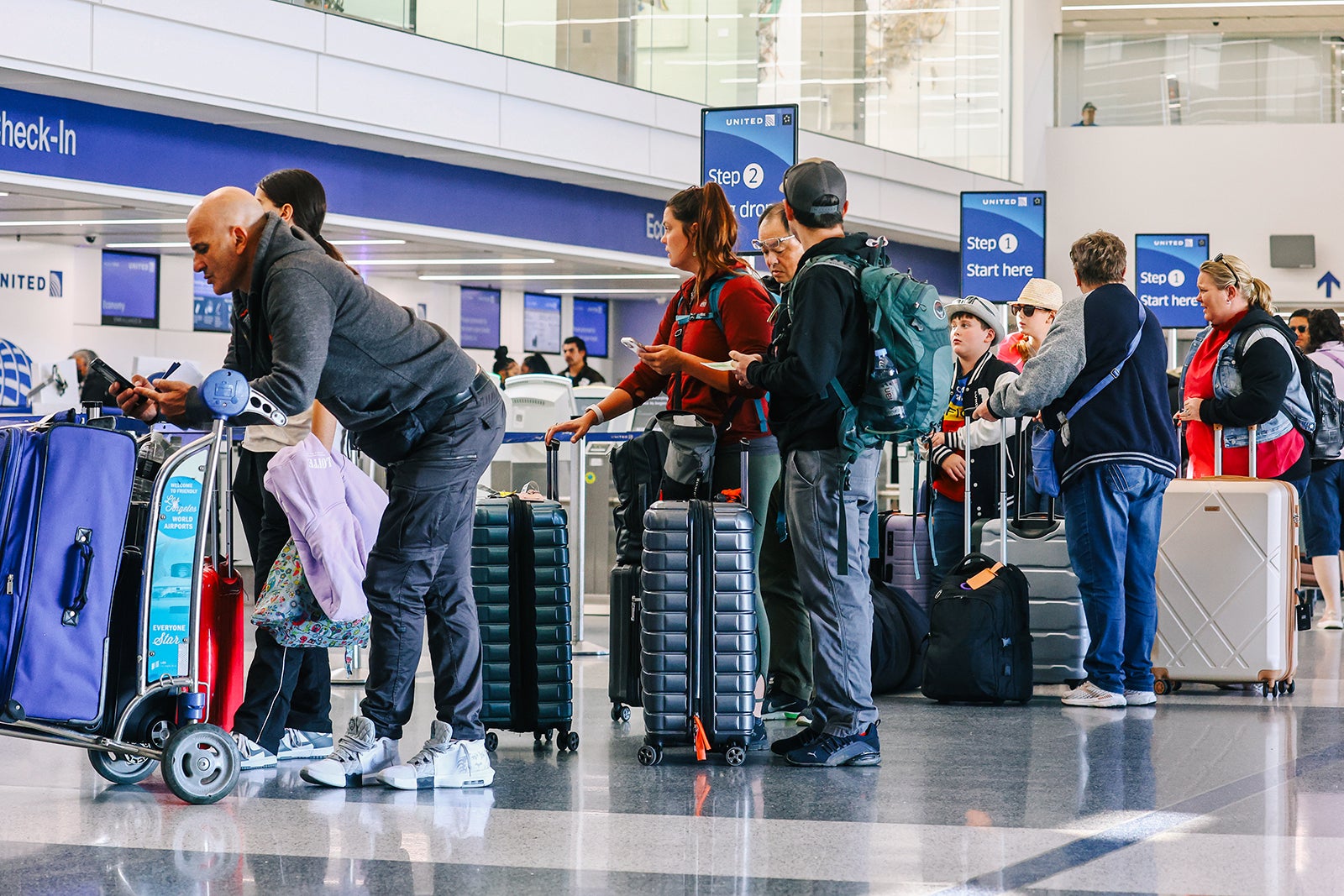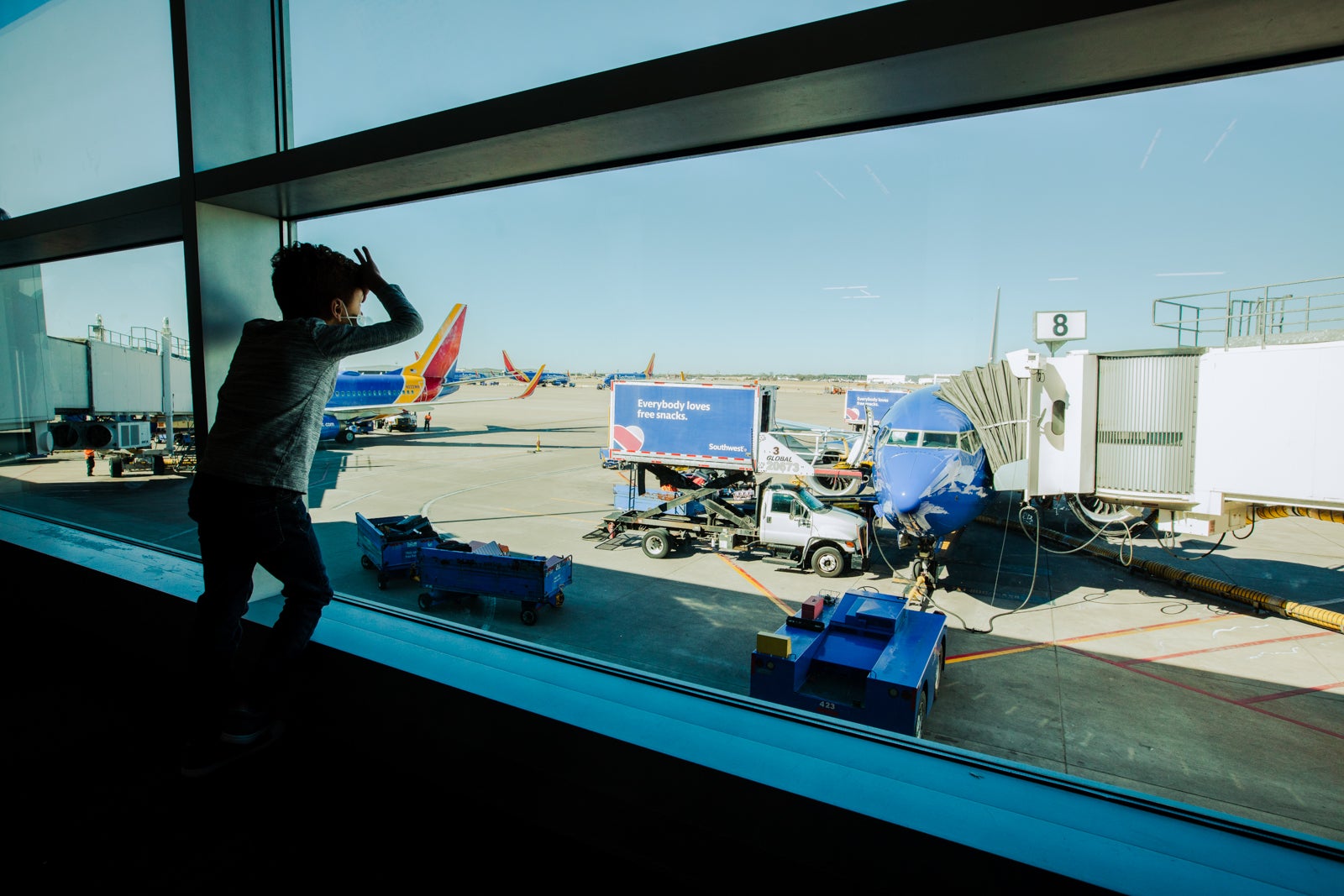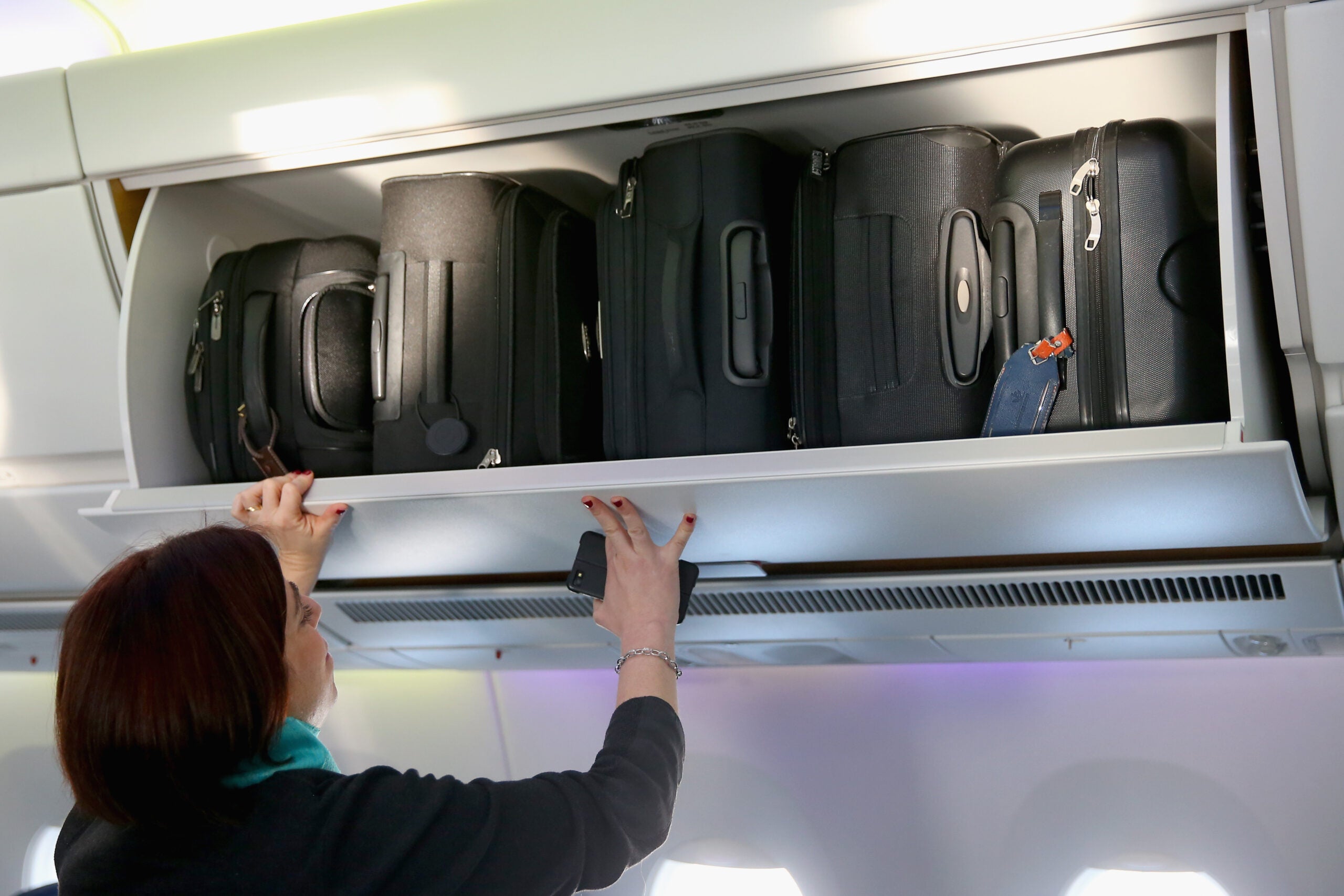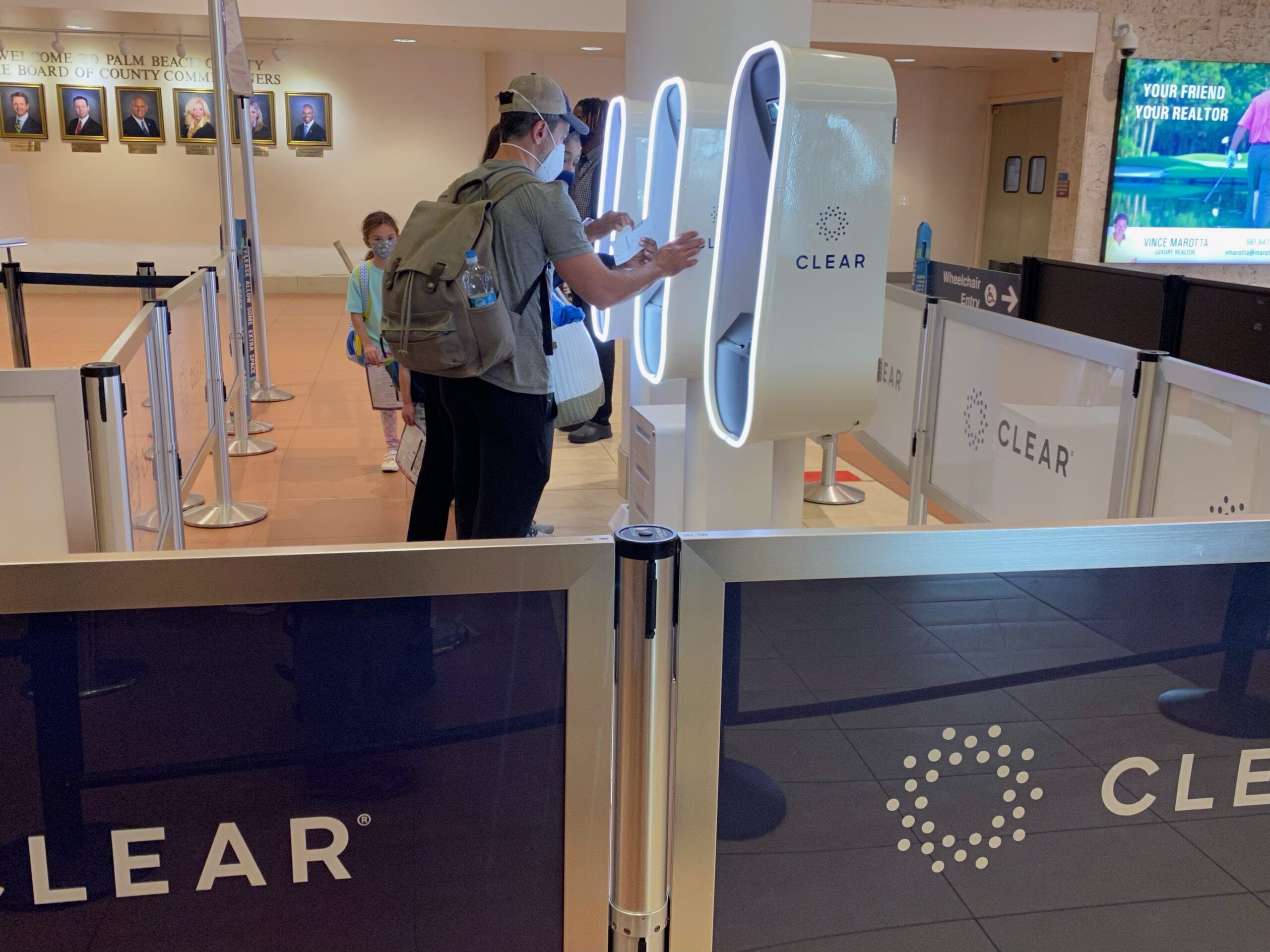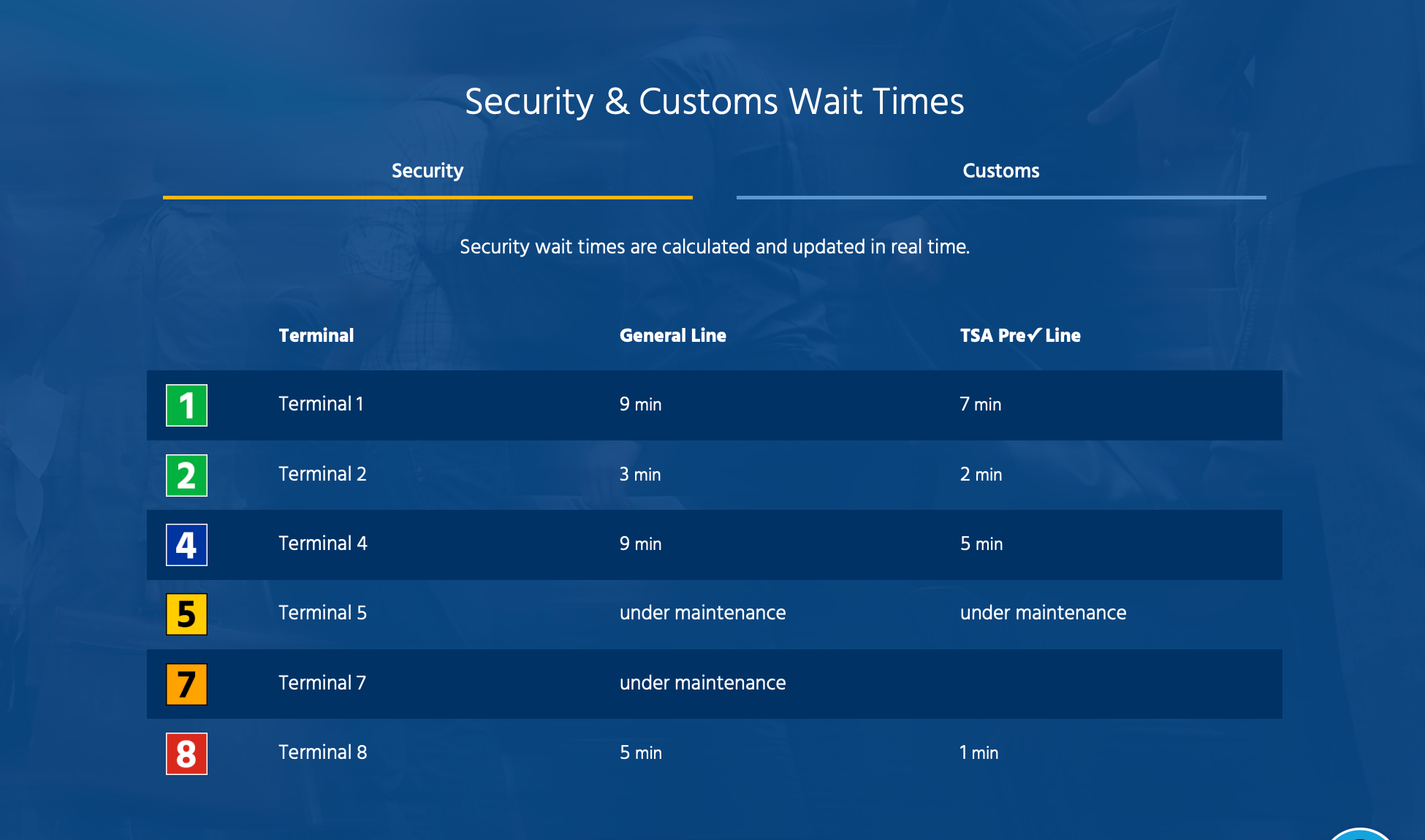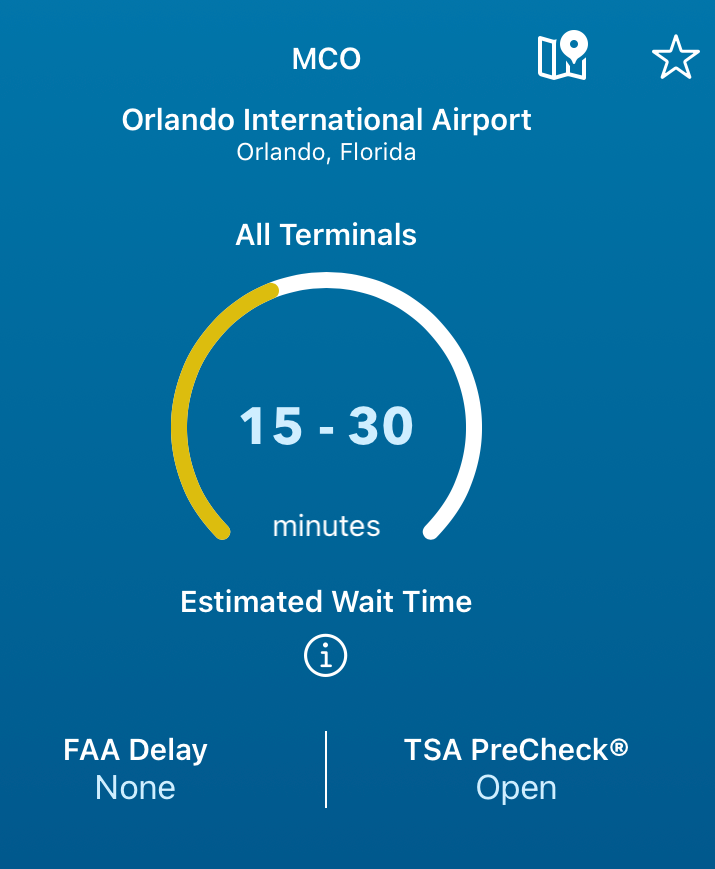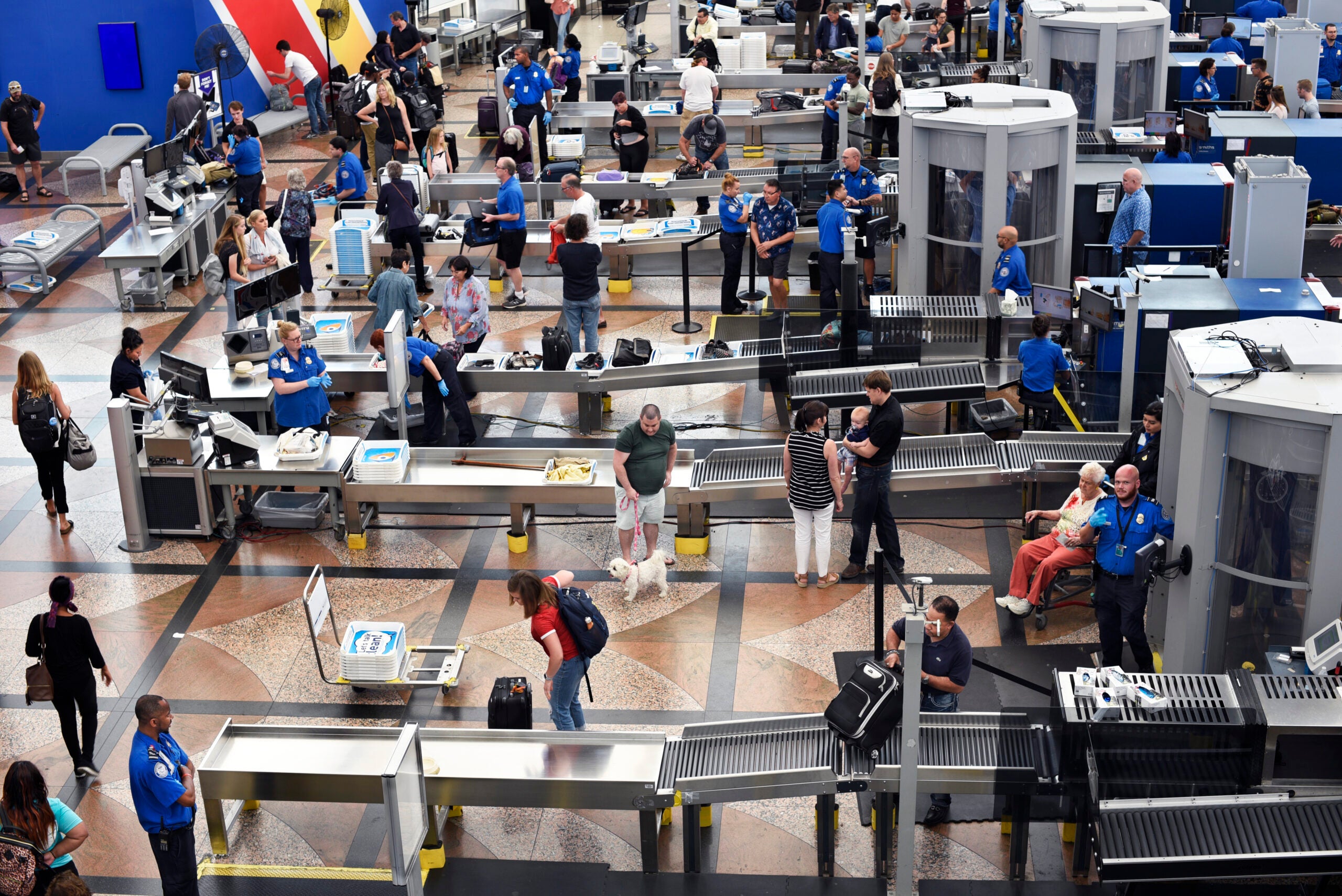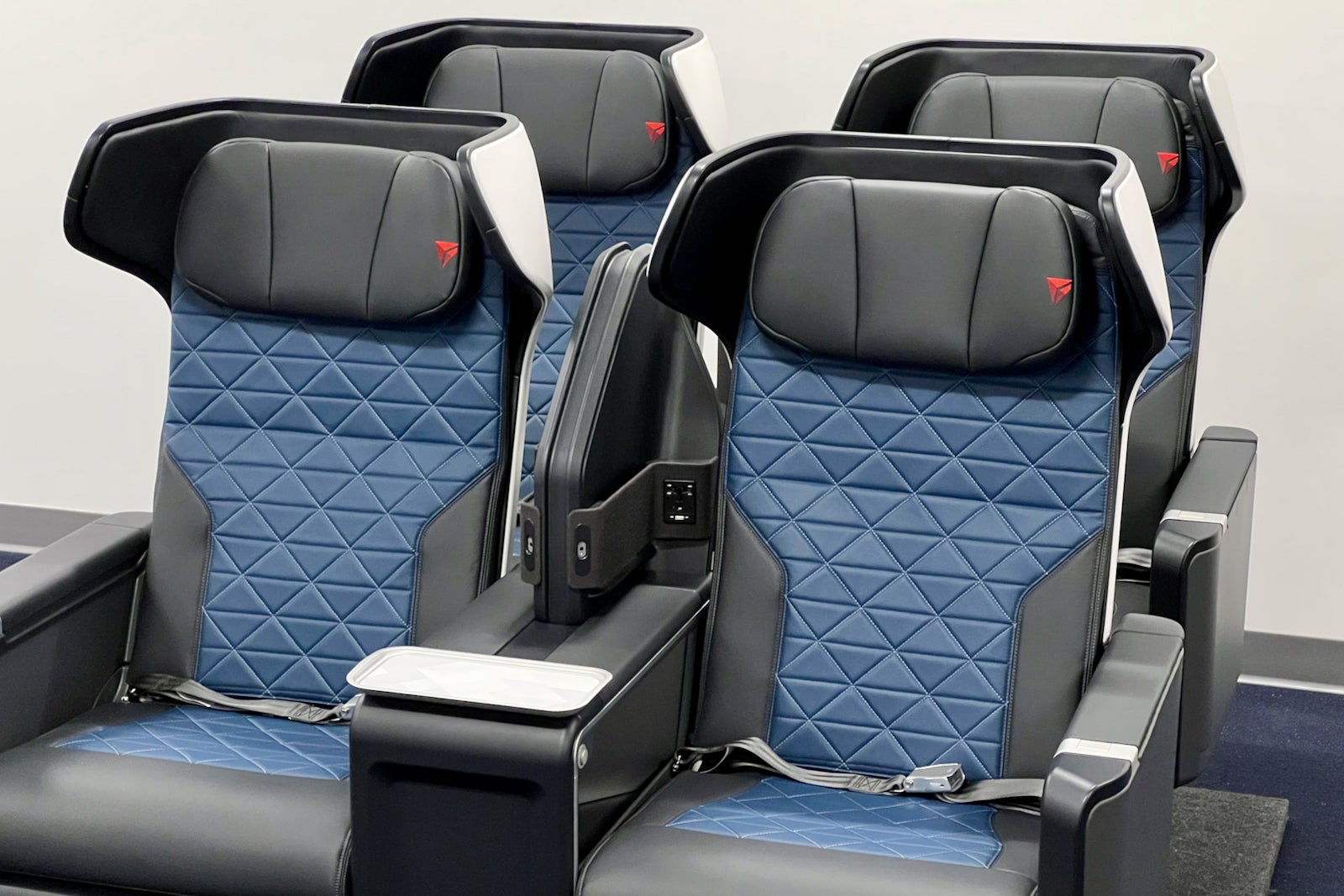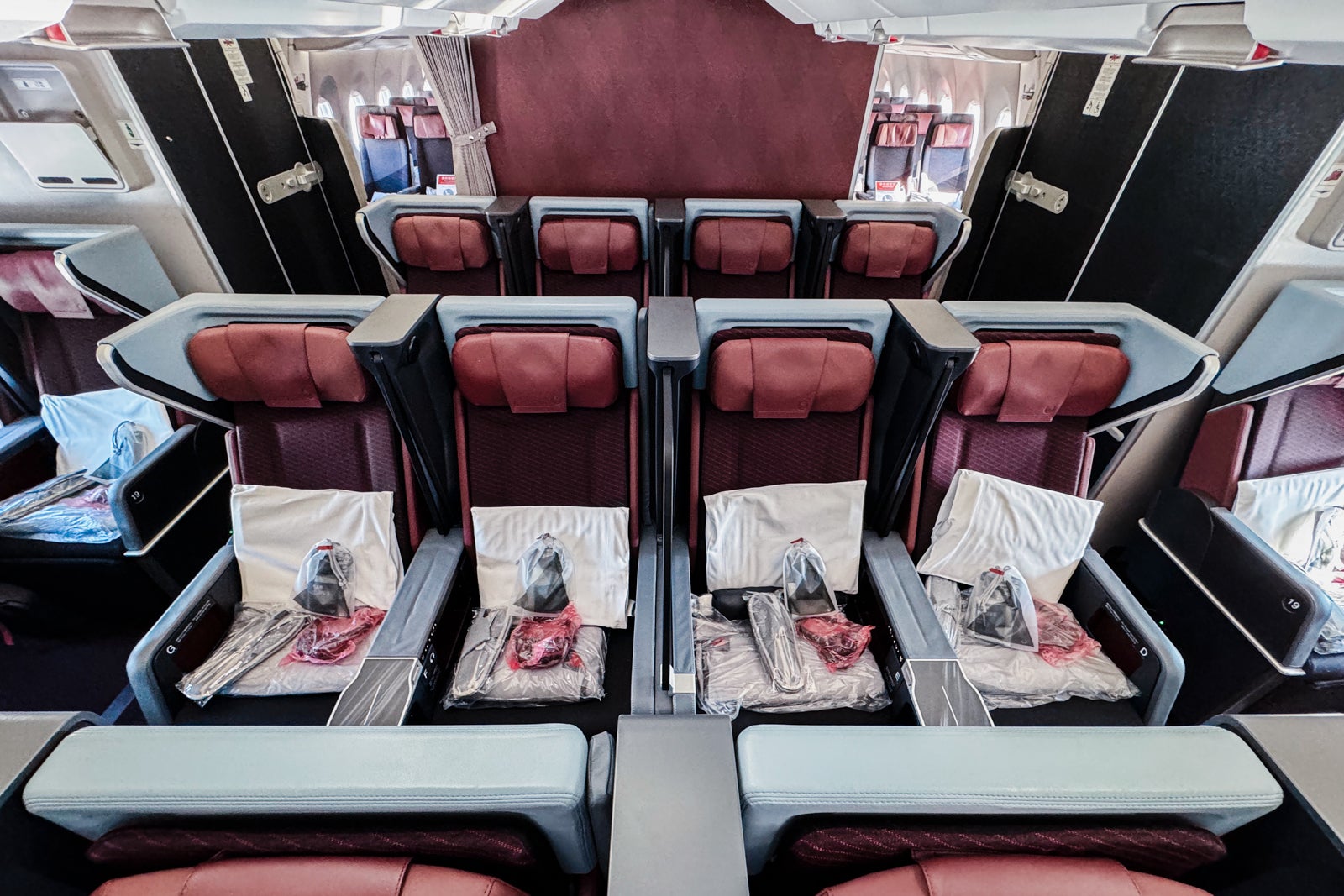These tips will help you survive spring break travel
There are a few sure signs that spring is on the way, and none of them have anything to do with a groundhog seeing his shadow.
Target‘s clothing department swaps winter coats and snow boots for swimwear and sandals; daylight saving time buys us a few more evening daylight hours (and thoroughly confuses all of us in the process); and airports are filled to the gills with spring break travelers.
For 2024, spring break travel is expected to be even busier than it was in 2023, according to the Transportation Security Administration.
“TSA screened a record number of passengers in 2023, and we expect that trend to continue this year,” TSA administrator David Pekoske said in a press release. “So far in 2024, travel volumes are trending at nearly 6% above the same period in 2023.”
Airports are already seeing this increase play out in their bustling terminals. On March 5, Tampa International Airport (TPA) reported that it is preparing to see about 3 million passengers during the busy spring break period in March and April. The airport is likely to break its single-day passenger record, with more than 100,000 passengers expected on both March 9 and 17, according to a press release.
Related: These are the 15 best places to visit for spring break this year
Houston’s George Bush Intercontinental Airport (IAH) and William P. Hobby Airport (HOU) expect 2.3 million travelers between March 7 and 18 alone. Memphis International Airport (MEM) is recommending that passengers arrive at least two hours before their scheduled departure time to accommodate for the increased crowds.
As home to popular theme parks like Walt Disney World and Universal Orlando, it’s no surprise that Orlando International Airport (MCO) is also anticipating record-breaking travel days this spring break season.
“We expect to set a new spring break benchmark with more than 7.6 million passengers,” Kevin Thibault, CEO of the Greater Orlando Aviation Authority, said in a press release. This number tops last year’s predictions by 300,000 passengers.

Daily Newsletter
Reward your inbox with the TPG Daily newsletter
Join over 700,000 readers for breaking news, in-depth guides and exclusive deals from TPG’s experts
Related: These are the best (and worst) days to fly for spring break in 2024
These increased numbers mean bigger crowds, long lines and the potential for more issues to arise at the airport. Here are seven tips to help you get through the airport smoothly and start your spring break travels on a relaxing note.
Choose the right flights
Early in the morning, between 6 and 7 a.m., is an ideal time to fly because the airport is less likely to be crowded. This is partly due to less air traffic and generally calmer weather conditions at the start of the day, resulting in fewer delays and thus fewer passengers waiting around for their flights.
Related: The best spring break destination for families for an easy vacation
Minimize the time you’ll spend in lines and searching for a seat at your gate by avoiding flying during peak travel times, such as Friday and Sunday afternoons. These times are when business travelers head home from their work weeks and leisure travelers leave for weekend trips.
Skip flights scheduled for midafternoon or later to decrease your odds of being hit with substantial flight delays or cancellations, which become more common as the day progresses, according to Bureau of Transportation Statistics data.
Travel with only a carry-on bag
Avoid airport chokepoints at the check-in counter and baggage claim by not checking a bag.
If there are any hiccups with your flight and you end up on a different flight than you originally planned, you won’t have to worry about being separated from your baggage. Several TPG-tested carry-on bags can fit a surprising amount of clothing, toiletries and other travel necessities (especially if you are traveling somewhere warm and don’t need much more than a bathing suit and sunscreen).
Ensure the bags you plan to bring on board fall within the carry-on luggage dimensions noted by your airline. For most U.S. airlines, your main carry-on bag must be no more than 22 inches by 14 inches by 9 inches (or 45 linear inches).
If traveling with a carry-on, remember the TSA’s 3-1-1 rule for liquids. Each liquid you bring through the TSA checkpoint must be in a 3.4-ounce or smaller container (“3”). All containers must be placed inside one clear quart-size plastic bag (“1”), and each passenger is only allowed one plastic bag (“1”). Keep your liquids in an easy-to-reach spot if you are asked to remove them from your bag for inspection.
Have airline elite status
U.S. airlines offer expedited security to their frequent flyers at many of the country’s busiest airports.
For example, Southwest Airlines’ A-List and A-List Preferred members and passengers traveling on Business Select and Anytime fares can use express security checkpoint lines.
Other carriers offering access to expedited security lanes for select passengers include:
- Alaska Airlines: MVP Gold, MVP Gold 75K and MVP Gold 100K members
- American Airlines: AAdvantage Gold, AAdvantage Platinum, AAdvantage Platinum Pro and AAdvantage Executive Platinum members
- Delta Air Lines: Gold Medallion, Platinum Medallion and Diamond Medallion members
- JetBlue: TrueBlue Mosaic, Mint and Blue Extra customers
- Spirit Airlines: Free Spirit Silver and Free Spirit Gold members
- United Airlines: Premier Silver, Premier Gold, Premier Platinum and Premier 1K members
Related: Complete guide to airline status match and challenges in 2024
Airline elite status also gets you on the plane at the top of the boarding group, which will better guarantee that precious overhead bin space will be available for your carry-on bags.
If you don’t have status but buy a first- or business-class seat, know that it comes with expedited check-in, priority security (where available) and priority boarding.
Sign up for an expedited screening program
TSA PreCheck
TSA PreCheck gives travelers access to a separate expedited security line at more than 200 U.S. airports.
If you have kids, they can typically travel through the TSA PreCheck lane with you if you are enrolled in the program. Teenagers 17 and under may accompany enrolled parents through the TSA PreCheck screening lane when traveling on the same reservation and when the TSA PreCheck indicator appears on the teen’s boarding pass. Children 12 and under can accompany an enrolled parent or guardian through the TSA PreCheck lanes anytime.
Related: Teens may now accompany parents through the PreCheck lane and more TSA tips for families
Pay the $78 fee to enroll (or enroll for free if your credit card offers free TSA PreCheck as a perk for cardholders) in this expedited security program that 90-plus domestic and international airlines participate in. You can enjoy moving through designated security lanes without taking off items like shoes, belts and light jackets and removing laptops from carry-on bags.
Your membership expires after five years, at which time you can renew for $70.
Related: 12 key things to know about TSA PreCheck
Global Entry
This program expedites reentry into the U.S. for preapproved, low-risk travelers returning from international destinations. It’s currently available at nearly 60 airports.
Global Entry is most appropriate for frequent international travelers and includes a TSA PreCheck membership. The current cost is $100, and membership is valid for five years.
You may be eligible to use the U.S. Customs and Border Protection Mobile Passport Control app if you don’t have Global Entry. Before you reenter the country, you can enter your travel documents and customs declaration information into the app and use a dedicated (often shorter) customs queue upon reentry to the U.S.
Related: Global Entry vs. TSA PreCheck: Which is more beneficial?
Clear
You can also pay $189 (or a special reduced rate if you have elite status with Delta or United) for a Clear membership.
This program uses biometric authentication (either a fingerprint or an eye scan) to confirm your identity, eliminating the need to wait for a TSA agent to inspect your ID. After verifying your identity, a Clear representative escorts you to the front of the security screening line.
If you’re enrolled in both Clear and TSA PreCheck, you’ll be taken directly to the front of the TSA PreCheck line, saving you even more time in the security screening area.
Before signing up for TSA PreCheck, Global Entry or Clear, see if any of the credit cards in your wallet will reimburse you for one (or more) of the programs.
Several cards offer up to $100 for either TSA PreCheck or Global Entry (which includes TSA PreCheck membership), while The Platinum Card® from American Express provides an annual credit of up to $189 to cover a Clear Plus membership (subject to auto-renewal). Additionally, the American Express® Green Card comes with a yearly statement credit of up to $189 to apply toward the cost of a Clear Plus membership.
If you do not have a Clear membership, several airports participate in the free Clear Reserve program. Clear Reserve allows travelers to reserve a dedicated time slot in the security line for their party to go through TSA security at select airports. You can make a reservation online or via the Clear app using the home-to-gate feature.
The information for the American Express Green Card has been collected independently by The Points Guy. The card details on this page have not been reviewed or provided by the card issuer.
Remember these essential tips for international travel
The U.S. Department of State recently shared tips for headache-free travel abroad if you plan to travel internationally for spring break. You can view laws, customs, travel advisories and more on the State Department’s website and locate the local U.S. Embassy or Consulate location nearest your destination in case of emergency. You can streamline this process by enrolling in the Smart Traveler Enrollment Program, a service that enrolls your trip with the nearest embassy or consulate and keeps you informed on safety conditions in your destination.
Related: How the State Department’s Smart Traveler Enrollment Program could help you on your next trip abroad
For international travel, you also need to ensure your passport has at least six months of validity before it is set to expire, which is a requirement for many international destinations. The State Department also recommends you take photos of your passport and other important travel documents and store them online or with relatives for safekeeping. This could be an invaluable tool if you happen to lose your passport while traveling abroad.
Check TSA wait times
The MyTSA app, which is available for iOS and Android devices, provides estimated wait times at each airport’s security lanes so you can plan and time your arrival accordingly. The app also offers helpful tips for preparing for security, including a searchable database of what you can and cannot bring in your carry-on bag.
If you aren’t sure if you can bring something in your checked or carry-on bag, you can also text the TSA and ask or send a direct message to @AskTSA on X, formerly known as Twitter.
Many of the country’s main airports allow you to check security wait times directly on the front pages of their websites, too.
You’ll even find that some airports, such as Orlando International Airport (MCO) and San Antonio International Airport (SAT), have monitors by TSA checkpoints that display regularly updated wait times.
Related: 3 simple things to do before going through TSA screening
Dress for airport success
Carefully plan your airport wardrobe to shave off time going through security.
Wear travel shoes that are easy to take off and put back on. Additionally, bring a jacket with pockets or a personal item that you can use to quickly stow important items like your phone, wallet and passport when going through the X-ray machine and retrieving your carry-on items.
If you don’t have TSA PreCheck, be proactive by removing your laptop or tablet, 3-1-1 liquids bag, jacket and shoes before you get to the conveyor belt.
Ensure your belt and metal jewelry are off and that there are no coins in your pockets, as these can set off the alarm and waste precious minutes.
Related: What not to pack in your carry-on bag
Bottom line
Spring break is one of those peak travel times that can try the patience of even the most experienced road warriors. Fortunately, there are a few simple ways to reduce time in long lines.
Follow these tips, and you’ll become a pro at navigating the scrum with ease while avoiding any unnecessary delays.

